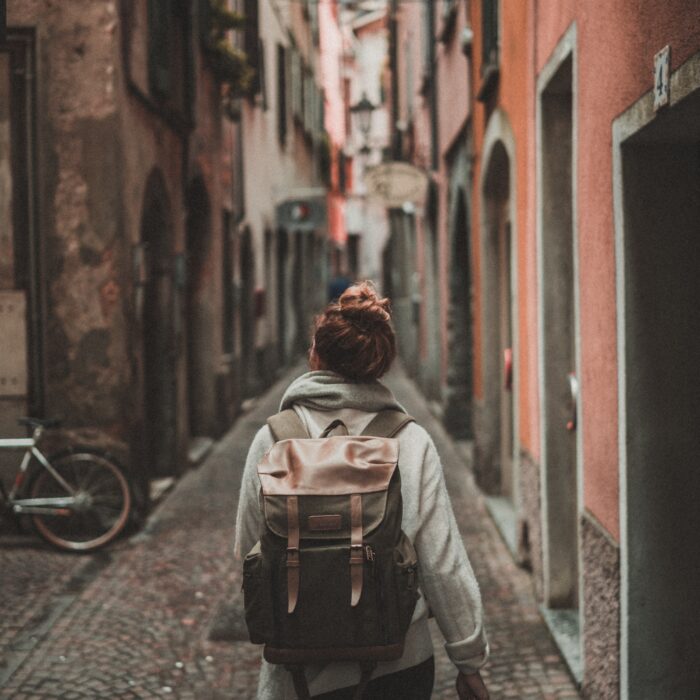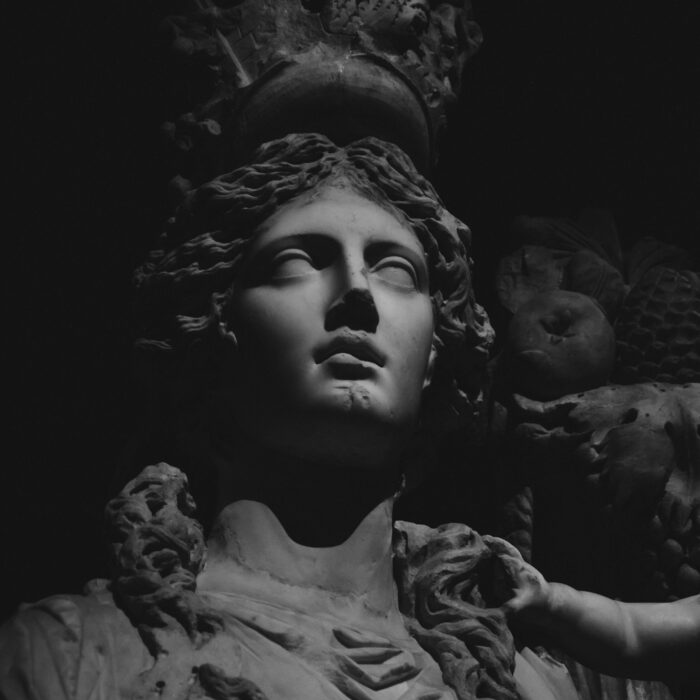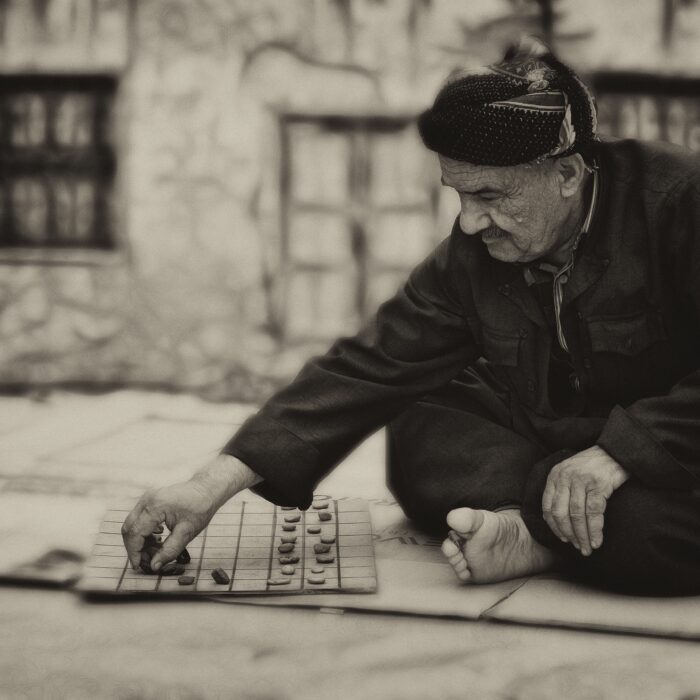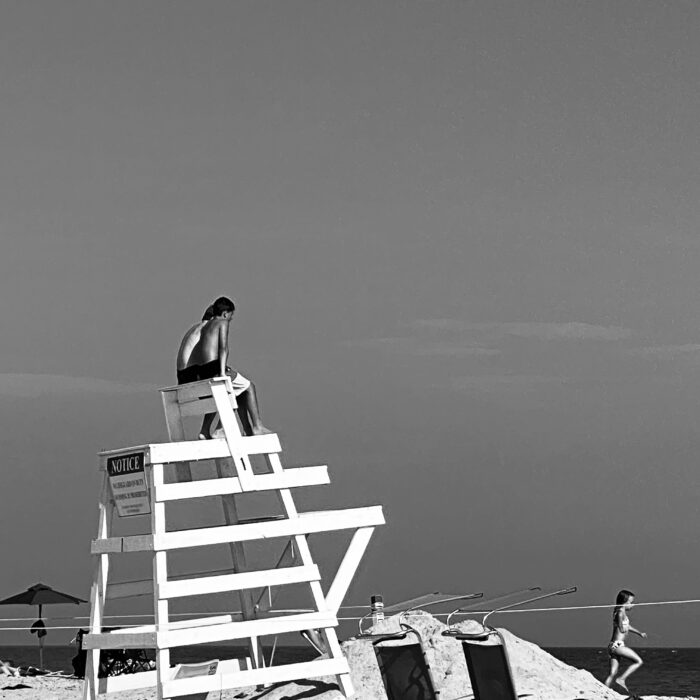You have no items in your cart. Want to get some nice things?
Go shopping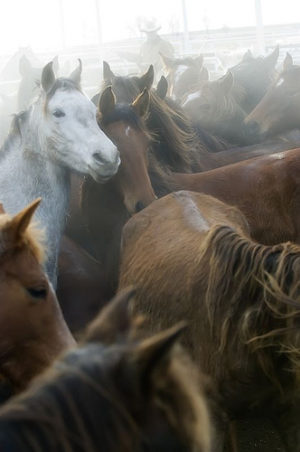 When I was small, I was attacked by a pack of dogs. They surrounded me, scratched their claws down my arms, tore right through my jeans and tender flesh with their sharp teeth. All I could do was stand and scream as I was overcome.
When I was small, I was attacked by a pack of dogs. They surrounded me, scratched their claws down my arms, tore right through my jeans and tender flesh with their sharp teeth. All I could do was stand and scream as I was overcome.
After such an experience, people are often amazed that I can love dogs so much – even preferring them above all other animals. But even then, as terrifying as the attack was, I sensed that there was more to dogs than how the pack had reacted to me in that moment. I think I must have known somehow that as I grew more powerful within myself, I would no longer be in danger. I must have realized how dogs are at their core honest, incapable of lying, really – especially about me and you.
Thirty years later, I still bear a scar on my left calf. The crescent moon groove shows shiny hints of teeth marks, but it remains only skin-deep. Despite the attack, I loved dogs long before I ever understood them.
*
Why is it that a person’s relationship to animals – or lack thereof – says so much about the person themselves? Animals throughout time have been subjected to human thought, desire, and will. The genetically modified chicken who never experiences the simple pleasure of standing and the vicious toy dog, carried and pampered to the point of neurosis, are so commonplace now that these aberrations fail to arouse surprise in us.
When it comes to pets, judgment abounds. You will be branded by the way you feed, train, contain, maintain, and interact with the animals in your care. I, too, will judge you. Just as you will judge me. In fact, I will even judge myself. It seems everyone is on board with demonizing the man who was fined for hoarding one thousand flea-ridden rats in his single-room home. Most of us love to hate the dog-fighters, the horse-starvers, the cage-breeders. But what of the suburban goldendoodle who is always ignored, never walked? What of the sickly reptile doomed to a small aquarium, far from his natural elements?
The human is the only animal that consistently craves personal, recreational engagement with species outside of its own. My own relationship with animals has evolved throughout my lifetime, but my need for proximity to their flesh, their wonder, their beauty – even their danger – has remained constant.
*
I have had more pets than I can name: snails, chickens, rabbits, fish, crabs. When my children were small, we got stick insects from a friend and even adopted a large snake. When I was partnered but childless, I had cats and treated them like babies. I took a five-year sabbatical from meat. I’ve had moments when I wanted to adopt every animal in a shelter and moments when I wished I had no pets at all. I have volunteered at shelters and rescued feral cats; I have made the hard decision to euthanize dogs. The archetypal cat lady – single, childless, and living alone with six cats – is a friend of mine. And though I know that her viewing cats as humans is hurting no one, I still can’t let go of my judgment and discomfort over it. I can’t seem to stop writing people off immediately when I find out they don’t like animals. If I find out you’re a dog person, I will consciously take more time to get to know you, to find the good in you. On the other hand, if you treat your dog like a person, I will not love you or your dog. He will have become too crazy to love and it is your fault.
Some people see their pet animals as toys or accessories or weapons. And some people simply want to trek through the beauty of nature, breathe the fresh air, and enjoy the feel of dirt on their shoes and sweat on their skin – all with a faithful friend at their side.
*
I love the smell of a horse, out in the pasture, breathing the clean grass-air, sweating slightly under a subdued sun. I could bury my nose in the hair of a horse’s neck. Horse is an alive scent, an earth scent, a wild scent. And I love the feel of a horse, the velvet softness of a horse’s upper lip, the sure, solid muscles of a horse’s shoulder, the easy sways and pitches of a horse’s back beneath the saddle. I love the sound of a horse, his shoed hooves tapping over compacted earth, the gentle blow of warm air through taut-flared nostrils, the soft nicker that means he is content.
When I was a girl, I used to walk down a road lined with ditches instead of sidewalks to see the horses. I sometimes brought them worm-holed apples from my orchard floor or pulled up long handfuls of wildgrass and weeds – they ate it all. And they always let me stroke and pat them. Still, I knew nothing about horses.
A childhood friend and I once asked a neighbour woman, whom we had never before met, if we could perhaps ride her horses. Surprisingly, and without question, the woman saddled up her two horses and off my friend and I went, knowing not a single thing about how to ride. The horses went where they wanted, at the pace they wanted, and they went home when they felt so inclined. My friend and I simply held on.
Knowing what I do now, I am amazed at not only the blissful ignorance we were lucky enough to have, but also our good fortune that the horses were so kind and well-behaved. That day, I had no idea what a sensitive creature it was that allowed me to sit upon its back. It would be years until I learned that some horses are curious, some have a sense of humour, and others are bitter. I had not then realized the depths of understanding and awareness that mark that ever-captivating look in a horse’s eye.
A horse is exactly what he claims to be. He is dirt and grain and power and herd and fear. A horse asks you to see him for who and what he is. A horse will run because he is prey and he is designed to do so. A horse does not want to be alone. Ever. A horse will ask you to teach him cooperation, he will ask you to guide him, and he will ask you to never, ever harm him or break his spirit. This I know about horses. And I know that a girl’s connection to horses is spiritual and sensual and precarious. But this is all I know.
*
Because I have been caged – first as a child until I set myself free at sixteen, and then again as an adult who took thirteen years to finally leave a cruel man – I never wanted to cage anything. Most especially not a winged thing. I have always sneered at the pathetically small pet-store enclosures for clip-winged birds. To me, a caged, flightless bird was always a violence: the ultimate symbol of a stolen freedom. When I found myself responsible for a caged bird in my own home then, I was simultaneously ashamed and intrigued.
The tiny bird was an adult parakeet that needed a home, and my youngest son begged me to take her in. She was blue, a pretty little thing. My son named the bird Lucky and we used the small cage, the low-quality seed, and the unnecessary litter that the previous owner had provided. As I do with everything, I immediately researched the parakeet: its history, behaviour, habitat, and needs. What I soon discovered was that there is so much more to birds than I ever could have suspected or guessed. They are flock creatures, and therefore social, interactive, interdependent. They are tropical and therefore need warmth, humidity, and fresh greens.
Birds bond deeply and often for life. A bird will bond with you if you are all she has. Birds communicate constantly, with their eyes, their movements, and especially their sounds. You must talk to her, sing to her, play music for her, and slowly, ever so patiently, gain her trust. Without companionship and intellectual stimulation, a bird will become despondent and die; without proper care and nutrition, a bird will die. Most captive parakeets do not live long. Even mine did not live a long life. Even when I rescued another bird to keep her company and let her fly freely in the house, her unclipped wings pumping furiously, the bird did not last. Even when I loved her and she perched on my finger and sang to me sweetly, she could not live. And my tears, and those of my children, could not change that she never lived where and how she was meant to. Only in death, buried illegally in a dry patch of city dirt, beneath stones and jewels and flowers placed carefully with love, was the bird finally free.
*
My daughter and I discovered goats together. My farmer friend started a herd and so we went and we learned. Goats and humans have shared their history for ten thousand years. A human hand kneading a doe’s soft udder is more ancient than the Great Pyramid. And still, my farmer friend’s goats surprised me with their openness and ready friendship. A goat, once she knows you, will smile when she sees you and hurry over to greet you. A goat will run and play with you. A goat will cuddle with you. A goat will give you her milk because she decides it’s a fair trade for the rare treat of alfalfa and oat.
The first birth my daughter ever witnessed was that of twin kids: a feisty buckling and a gentle doeling. As a child, I watched my siblings’ and cousins’ births. I also sat breathlessly as bunnies and kittens quietly entered the world. As an adult, when I worked as a birthing doula, I stood beside countless women as they gasped and sighed and grunted through the births of their children. But up until the twin kids, my daughter had only known birth as photographs and nature recordings. That day, my daughter stood outside the open-doored stall, looking in as my farmer friend and I went to the doe’s side to comfort and assist her.
The doe’s guttural groans and yells were very much like those of a labouring woman. We all felt her pain and struggle and determination. And when the first wet, helpless kid made his way out, surrounded by hay and the sound of his mother’s screams, we all felt that universal, humbling presence of new life. All kids are born in the caul, and we helped the doe to strip away the membrane so the amniotic waters would spill out and fresh air could sweep in. We watched as the kids went – in mere minutes – from limp, coughing foetuses to spunky baby goats, already attempting to run on their bony, trembling legs. We sat in awe as these little creatures with open, trusting eyes, stood and then walked straight into our arms without fear or hesitation.
“That was amazing!” my daughter said. And it was. Goats’ intimate relationship with humans continues to amaze and surprise me. Goats are ancient. Goats are interpersonal. Goats are the essence of family.
*
When I was growing up, dogs came and went at my house. The problem was that they started to act like dogs. Just as the typical squeals and boundless energy so synonymous with childhood were not tolerated by my parents, neither were typical dog behaviours: barking, digging, running, and defecating on the grass were unacceptable. The moment any general dogness occurred – which usually happened within a few short weeks – the dogs disappeared. One, however, lasted the better part of a year. He was a black cocker spaniel and I loved him more than anything in the world. When, near his first birthday, his dog ways became disagreeable to my parents, they prepared to get rid of him. I was so distraught, I promised I would do everything for him, that they would never have to so much as see him if that was what they wanted. I begged and wished and prayed and, to my great surprise, they said yes.
I kept my word. I brushed my dog’s thick, curly coat each day after school. I took him for long walks along our country roads and taught him to sit and stay and catch. I carefully prepared his dinner just so – this much kibble and that much canned, all mixed together in his bowl with warm water – every night. But two years later, my parents said they no longer wanted to pay the vet bills from foxtails finding their way into his long ear canals. When I came home from school one day, my dog was gone.
We all know the get-your-tissue dog stories – Old Yeller and Where the Red Fern Grows come to mind – about man’s favoured companion. These tales create a cultural idea, a collective consciousness, about dogs that resides only in the imaginary. But these ideas are not reality. I know the reality of dogs. In adulthood, I have studied dogs. I have trained them. I have rescued them. I have moved from loving the idea of dogs to loving and respecting dogs as a species. My current dog, whom I adopted at six weeks from the S.P.C.A., is becoming an old man. He is ten, large, and brown; his chin seems to be grizzled with new white hairs each day. I still take him up mountains with me and people often mistake him for an older puppy because he is fit and energetic and unjaded. Still, I know you won’t understand me when I confide to you that my dog is truly my best friend.
When my brother died, my dog lay beside me and wailed along with me. When I fractured my pelvis in a fall and could no longer take my dog for daily runs, he recognized my limitations: until I was fully rehabilitated, my ever-energetic dog stayed amazingly calm and patient, even gently assisting me as I took my first tentative steps. When I started secretly planning my escape from my husband, my dog understood my terror. Though I had trained him so perfectly that he never stepped out of the house without me, when the front door opened that day I packed my bags, he bolted outside and jumped into the car through its open window, determined to stay by my side no matter what. My dog has remained an affectionate friend who is always there for me with nothing but love and forgiveness. He is a being who looks at me every day with such adoration and devotion that I know just how crucial my responsibility to him is.
But then, this is a story that has been told again and again, isn’t it? Dogs are known for their great hearts. Perhaps our love for dogs is selfish and self-reflective, but the dog certainly does not judge us for it. Dogs are adventure and pack and loyalty and respect. A dog who respects you will give his life for you without hesitation. Dogs know how to sacrifice. Dogs know how to let go.
*
I once came face-to-face with a coyote. I was on a solo hike and he, I suppose, had tracked prey far from the heart of the forest thickets. We both stood fixed, staring at each other with wide eyes. At first, I thought he was an oddly tall fox because of his red, bushy tail and his legs, long and thin like two pairs of stilts. I could see the wild in his eyes and I was certain that he had never before encountered a human.
Because I understand canine behaviour and body language so well, I knew that he was much more unsure about our meeting than I. Finally, in that moment, I understood how different I was from that weak, fearful girl, once surrounded by a pack of sharp-fanged dogs. In the coyote’s gaze, I saw that I had become strong, sure, powerful – safe. We both stayed frozen, the coyote and I, simply looking into each other’s eyes for what felt like minutes.
When I realized that other hikers could happen along and report his presence too close to a hiking trail, I broke the spell and moved. He moved in response, cautiously at first, and then he trotted back into the woods until he disappeared. I have seen plenty of deer, wild turkey, and even skunks roaming free in the forest. I’ve seen plenty of every kind of animal behind bars and fences, too. My encounter with the wild coyote was different. I could feel the power of his wildness, his autonomy, his natural lack of tameness. I could feel myself drawn to him. It was an innate urge to understand and connect with him. I imagine this pull must have been what our earliest ancestors felt when they first placed a rope around a young goat’s neck; the same desire they must have been overcome by when they first threw a meaty bone to a lone wolf.

About Brianna Bjarnson
Born and raised in Northern California, Brianna Bjarnson holds a master’s degree in English and teaches writing at Sonoma State University. Her work has appeared in Superstition Review, Zaum, and Whisperings Magazine. Although she loves living among the alluring rolling hills of San Francisco’s North Bay, she often dreams of London.

